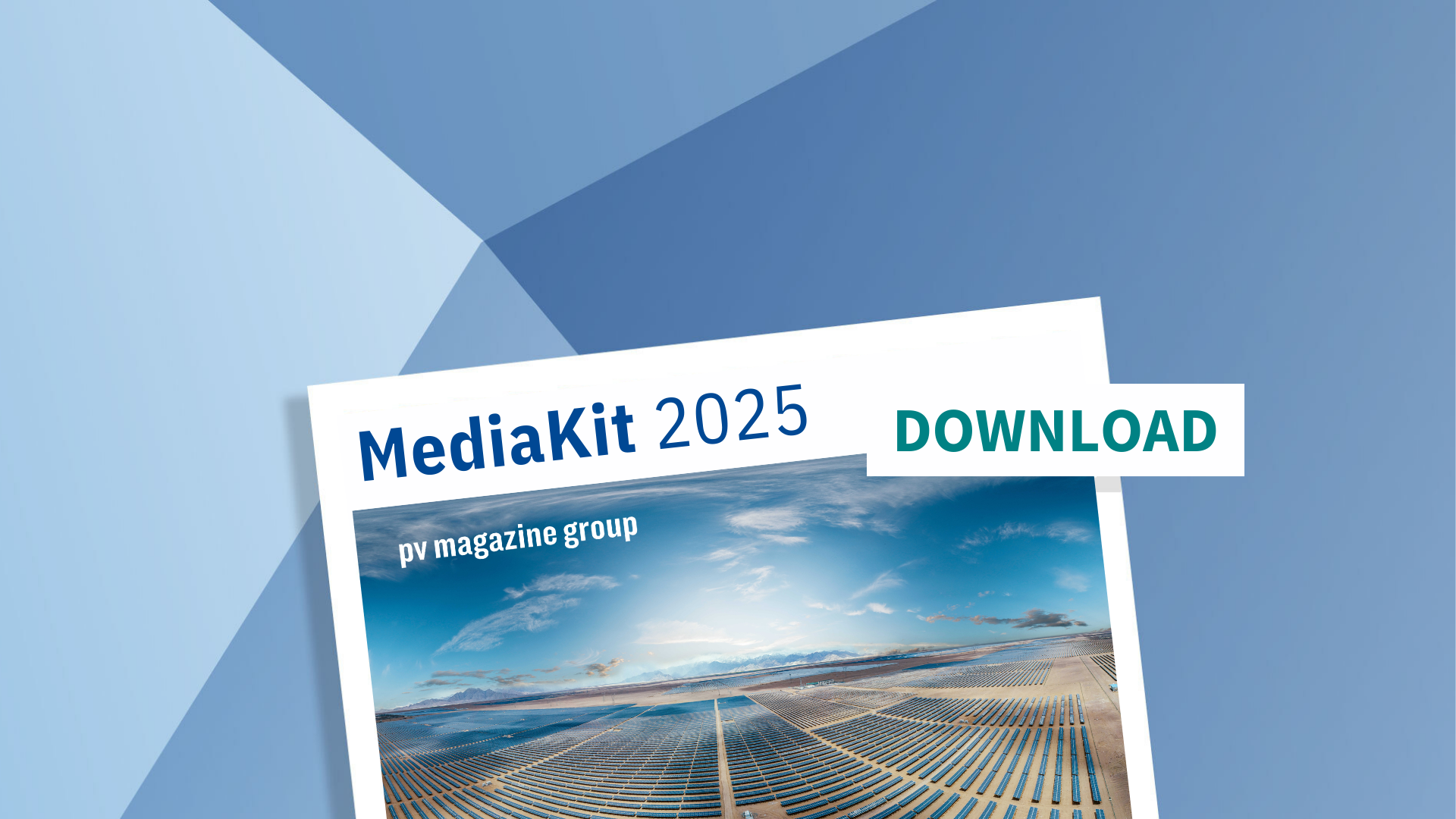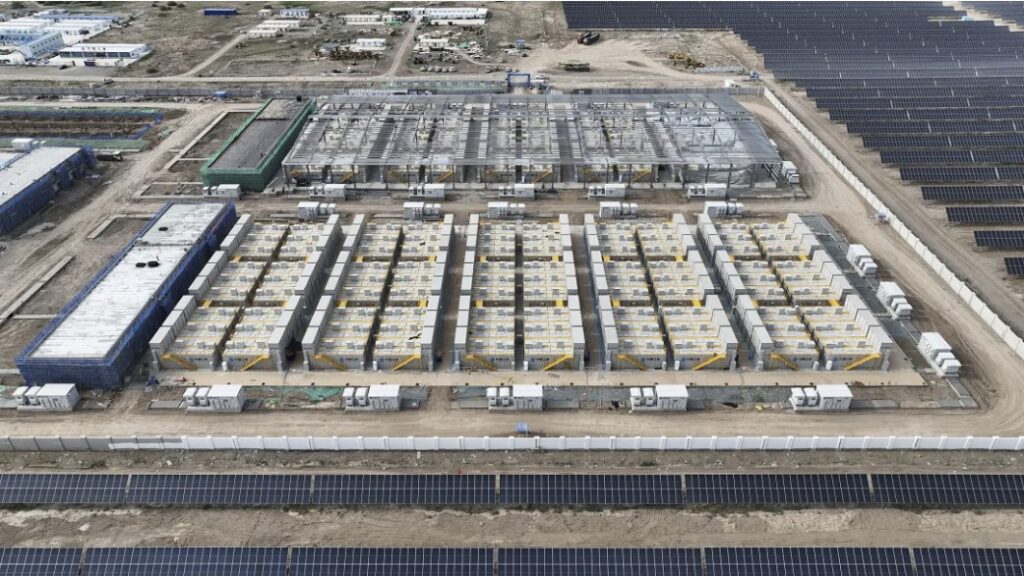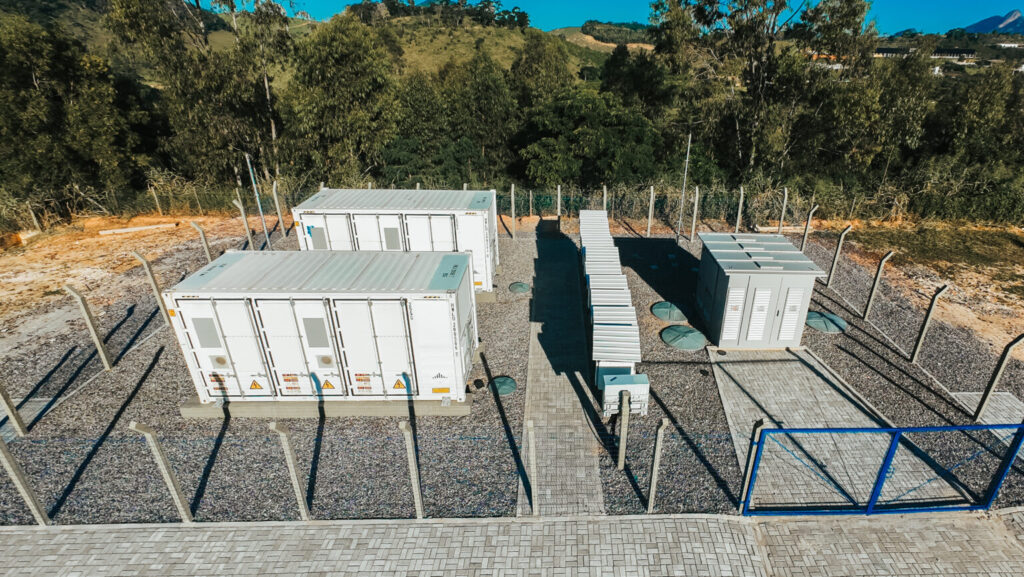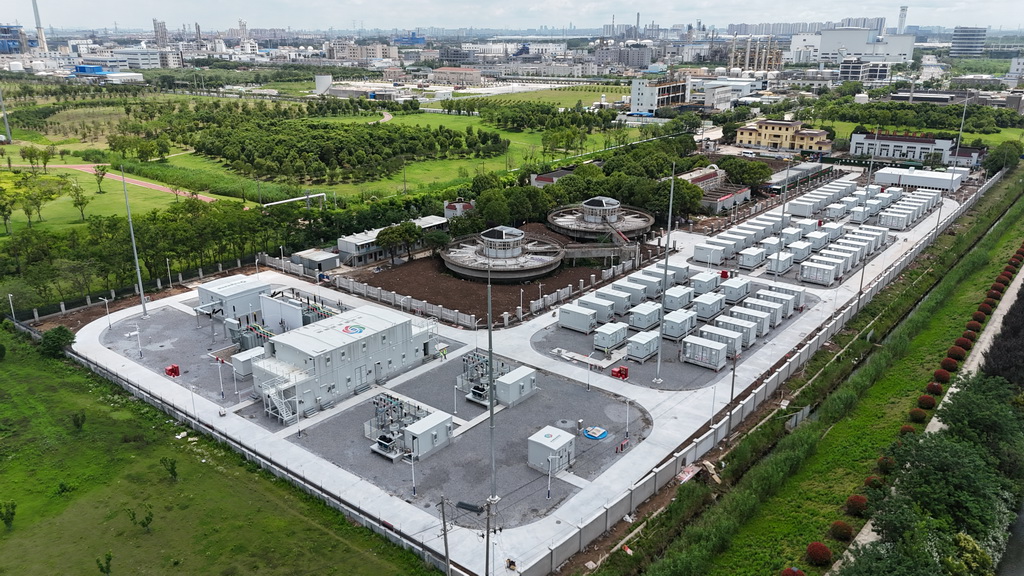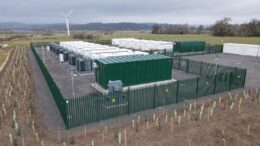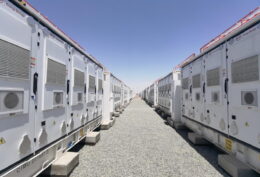UK 331 MWh BESS site goes from grid energization to commercial operation in just two weeks
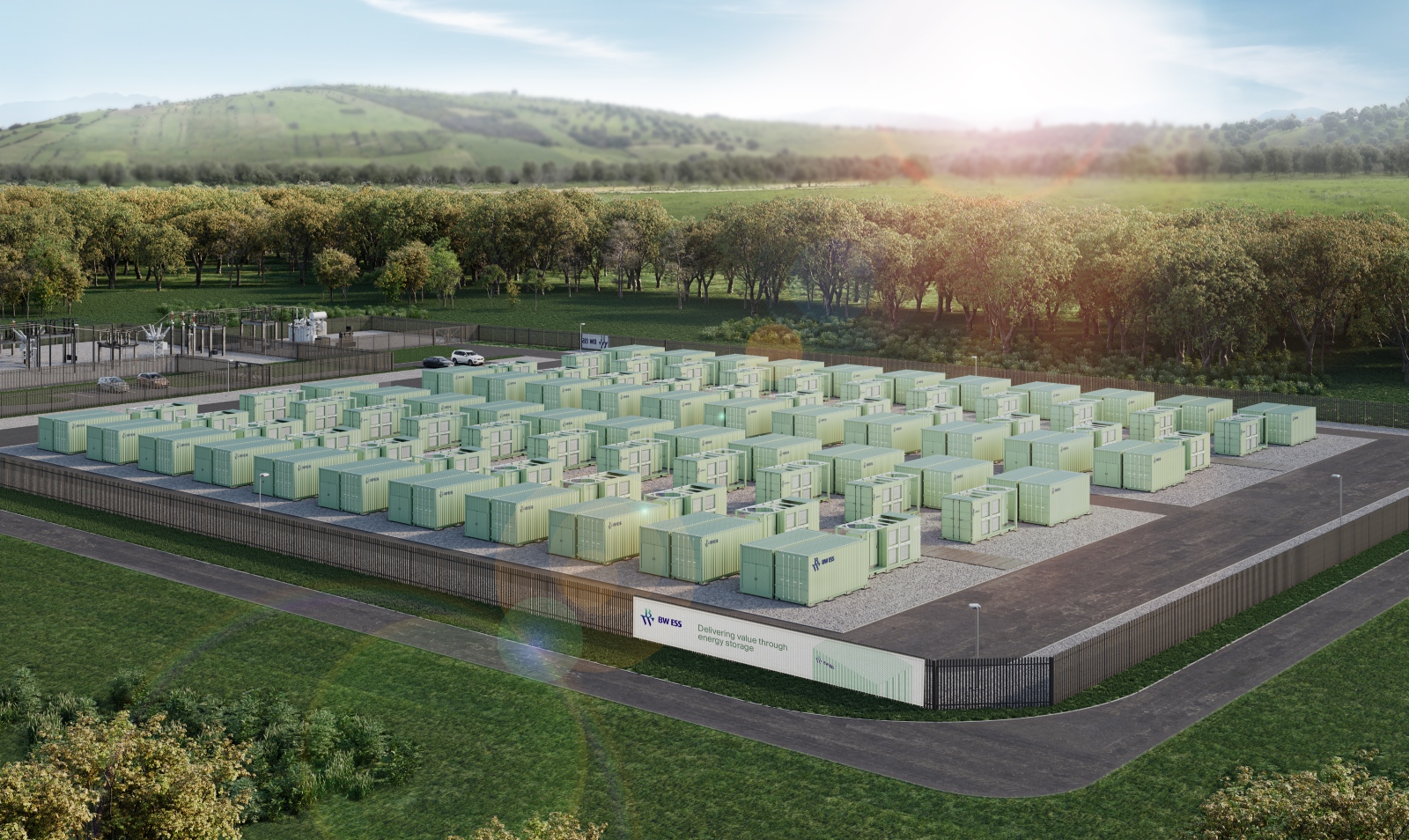
In early February, the 100 MW/ 331 MWh project in Bramley, England, developed by BW ESS and supplied with Sungrow’s PowerTitan 2.0 liquid cooled battery energy storage system (BESS), officially went into commercial operation.
The Chinese technology supplier reported that it took just two weeks to go from grid energization to commercial operation, down from the industry minimum of around 50 days.
In that period, it accomplished hot commissioning, compliance testing and anciliary services testing. During hot commissioning, the system is connected to the main power source to run functional tests related to the system’s response and operation under normal and abnormal conditions.
Sungrow described the feat as a 72% efficiency gain, setting a record for BESS delivery in the UK and across Europe.
In the UK, the time from grid energization to commercial operation for an energy storage project typically takes several months. This is due to factors like commissioning, compliance testing, and final regulatory approvals, with significant delays potentially arising from grid connection backlogs.
Sungrow said the record of two weeks was achieved due to several factors, including the design of the PowerTitan 2.0 and a dedicated and highly efficient team of experts.
The all-in-one AC-DC block design of Sungrow’s PowerTitan 2.0 comes with pre-assembled battery modules and power conversion system (PCS), significantly reducing site installation time.
The AC-DC block design completes pre-installation and pre-commissioning at the factory, simulates diverse grid scenarios to validate PCS performance, and conducts grid adaptability tests under extreme conditions at the factory, slashing commissioning timelines.
For the Bramley project, Sungrow has also responded promptly to the testing needs of the project operator and the grid. The team completed and passed all grid ancillary services tests in just one and a half days, the manufacturer reported.
Looking ahead, the Bramley project will play a important role in bolstering the resilience of the UK electricity system. The project is connected to the transmission grid 132 kV electric circuit by the loop-in and loop-out extra high voltage (EHV) solution. Its grid-forming capabilities will help tackle the power grid challenges of decreasing inertia and damping due to the increasing penetration of renewable energy sources.
The Bramley project grabbed headlines in August 2024 when it became the first single BESS asset in Great Britain to secure a long-term tolling agreement. BW ESS and its partner Penso Power have signed a seven-year fixed-price contract with Shell Energy Europe Limited. Under the deal, Shell will trade the Bramley BESS in a range of ancillary services and wholesale markets while paying a fixed price to the project’s owners.
The deal followed a period of declining revenues for battery storage assets trading in Great Britain. Research from UK-based consultancy LCP Delta found a 71% decline in average battery storage profits in 2023, compared to the highs of 2021 and 2022.
BW ESS and Penso Power’s deal with Shell was the second major BESS tolling agreement announced in the UK in 2024. It followed the landmark two-year tolling agreement announced by Gresham House Energy Storage Fund and a subsidiary of Octopus Energy, in June. That agreement covers around half of Gresham House’s BESS portfolio, which stands at around 1 GW. Battery storage market intelligence firm Modo Energy estimated the tolling arrangement to be worth GBP 56,000 ($71,584) per MW per year.




